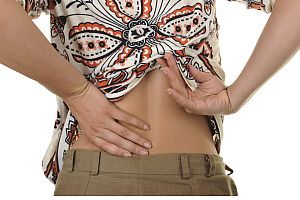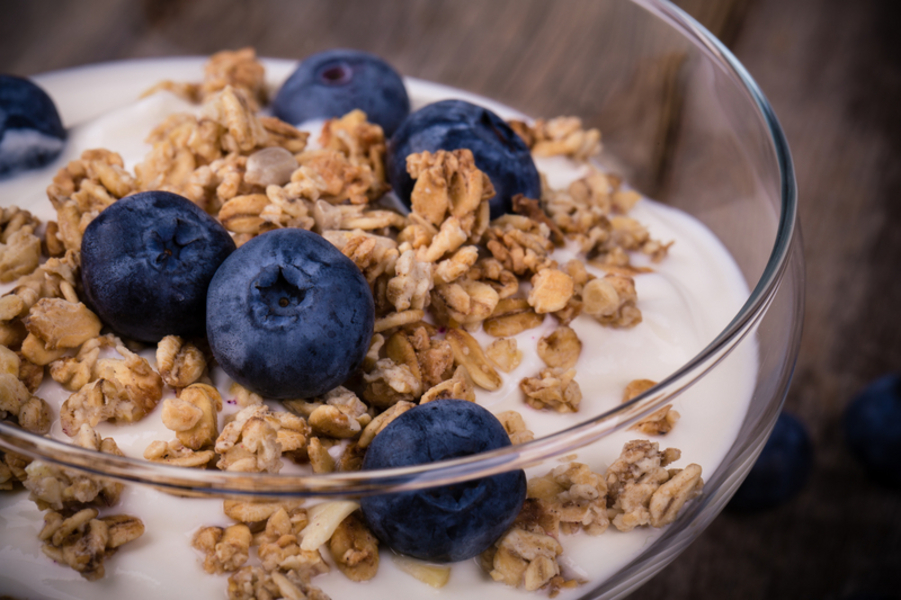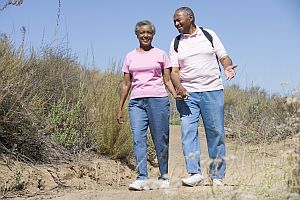Top 5 Low-Impact Aerobic Exercises for Winter Fitness
 Everyone knows that exercise is essential to maintaining your health. However, not everyone is able to perform the kinds of high-impact exercises that are hard on the joints. Whether your particular concern relates to aging, injury, or some type of chronic musculoskeletal problem, there are several low-impact aerobic exercises that can help keep you fit throughout the winter.
Everyone knows that exercise is essential to maintaining your health. However, not everyone is able to perform the kinds of high-impact exercises that are hard on the joints. Whether your particular concern relates to aging, injury, or some type of chronic musculoskeletal problem, there are several low-impact aerobic exercises that can help keep you fit throughout the winter.
Walking—This simple activity costs absolutely nothing, requires no additional equipment and can be done in most any weather conditions. If walking seems too boring, then try different routes. Mix it up! If you have hills nearby, include them for greater aerobic challenge. Make certain you have good footwear before taking on anything other than flat terrain. If walking isn’t giving you enough of a challenge, add ankle weights or carry barbells. If you don’t have nearby hills, then take to the stairs. Your local high school or college likely has a stadium with steps that can increase your workout intensity.
Swimming—If you have access to an indoor pool, count your blessings. Swimming is not only one of the lowest impact exercises there is, but it may also be the best full-body workouts around. Swimming involves even less impact than walking, and merely staying afloat (without pool floats) requires far more energy than just standing still. Do laps. Time yourself. There are numerous swimming strokes available, plus aerobic activities and games that you can play in the water. Whether you bring friends or go it alone, swimming can give you just as much aerobic “bang for your buck” time-wise as any other activity, and maybe more.
Cycling—Whether you take to the cycle in your gym or take your bicycle out for a spin, this activity produces virtually zero impact and delivers lots of aerobic benefit. Going nowhere in the gym may seem tedious and even boring to some, so take to the bike lanes or walkways with your bicycle. Once you’ve built up your strength, climbing hills can give your legs a good burn. Inside, no helmet is required. Outside, always protect your head when cycling.
Dancing—This might well be the most fun, low-impact aerobic exercise you can do (at least in public). Of course, many dance routines require a partner, but that’s what makes it all so much fun. Don’t be afraid to go beyond the simple waltz. Try the foxtrot for a little variety. Or try salsa, tango and other more strenuous styles to test your timing, finesse and stamina. A good dance routine can get your heart pumping. Performed well, it can even be downright sexy. And if you don’t like being on the dance floor alone with a partner, there’s always line dancing. It’s a great opportunity to work on your timing and coordination while getting a low-impact workout!
In-Line Skating (Rollerblading)—Protective gear is essential for your safety, as is choosing the best path. Most sidewalks have bumps and imperfections that can prove challenging… or disastrous. An empty parking lot might offer a better alternative for beginners. Some parks also have paths that are perfect for this kind of low-impact activity. Taking to the blades can burn more calories than many other exercises. Until you get your balance perfected, you might want to squat down to keep your center of gravity lower to the ground. Take shorter strides when starting out. Don’t go too fast until you’ve perfected your ability to maneuver, slow down and (yes) stop!








